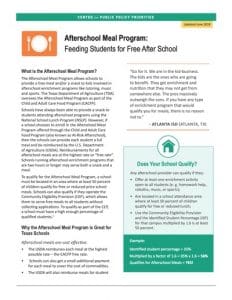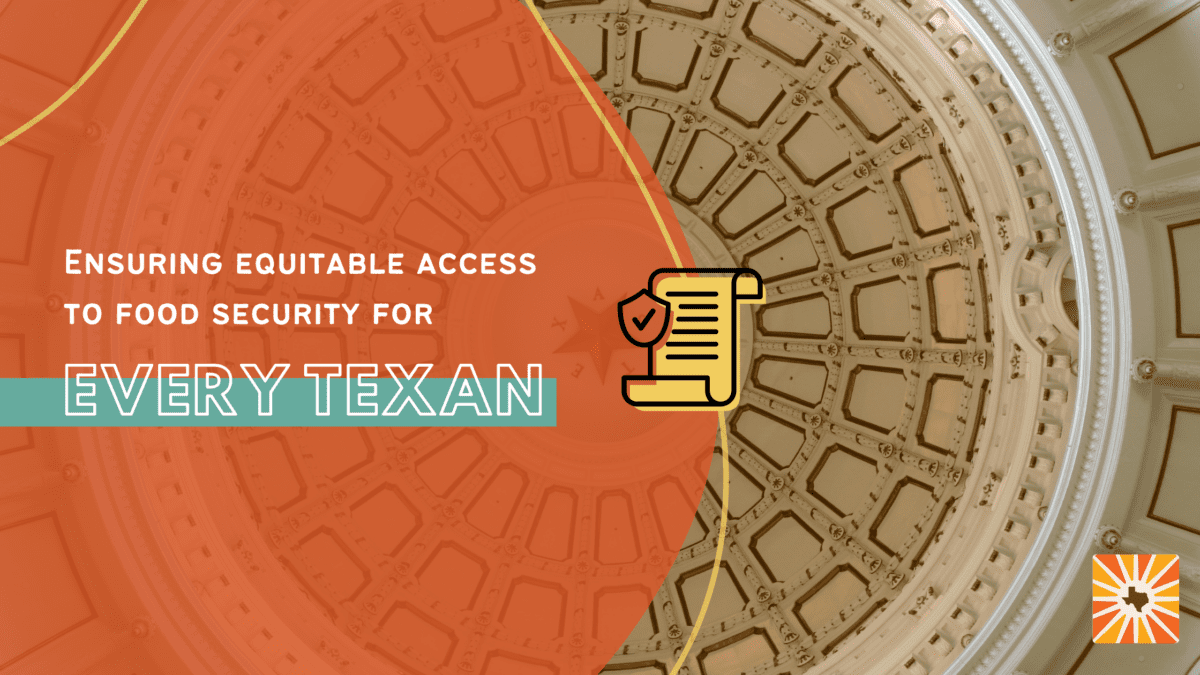
Recommendations on Texas Health and Human Services Commission Legislative Appropriations Request FY 2026-2027
Every Texan appreciates the opportunity to provide written recommendations to the Texas Health and Human Services Commission (HHSC) regarding the agency’s development of the Legislative Appropriations Request (LAR) for 2026-2027.





